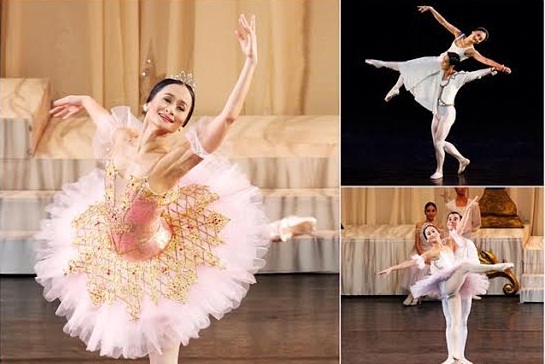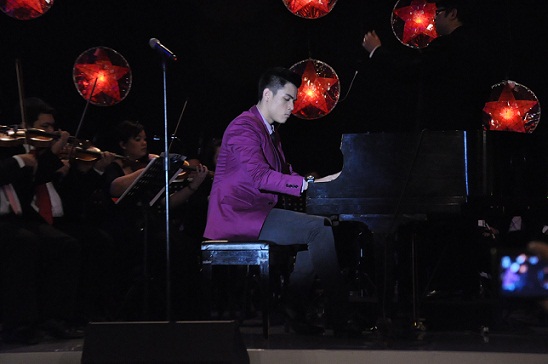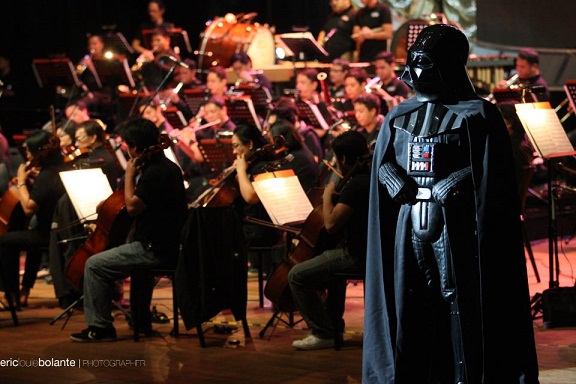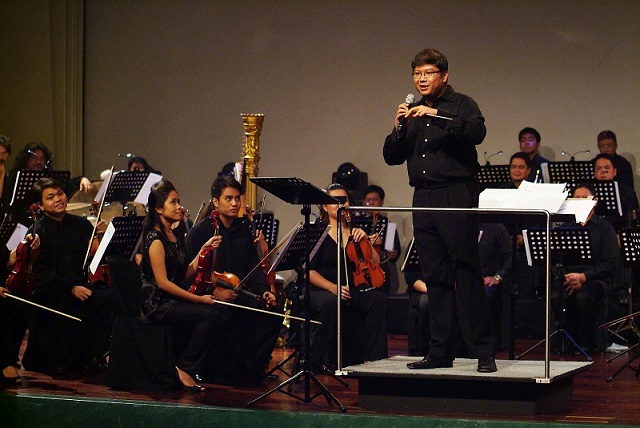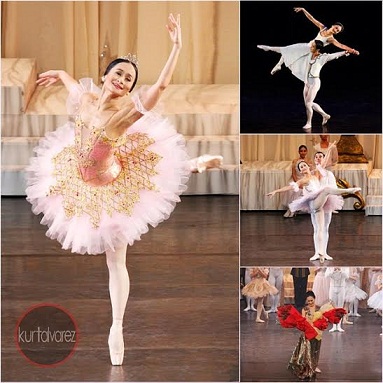

By PABLO A. TARIMAN
THE 50th birthday gala of Lisa Macuja Elizalde was an evening of virtual dance excitement and breath-taking choral music.
The gala was threatened by heavy rains but the crowd nevertheless showed up. The ballet fans were there to give moral support. For the ballet non-initiates, it was obvious they were there to see what a retiring ballerina can do at the age of 50.
For one, it featured a live music of the ABS CBN Philharmonic Orchestra under the baton of Gerard Salonga who showed very encouraging signs he was learning fast and getting at ease conducting in the world of dance. The tempo was ballet friendly, the sound always precise and focused and for a while, you thought it was the conductor himself dancing to his own music.
The other attraction is the Prince Desire of Mikhail Martynyuk who figured in Act III of “Sleeping Beauty” not seen in Manila for many years.
The surprise choral numbers (with no dancers interpreting them) were courtesy of the Philippine Madrigal Singers who showed off its impeccable choral range in between Tchaikovsky’s “Romeo and Juliet” (choreography by Sergey Vikulov and restaged by Osia Barroso, Jr.) and Divertissement from “The Sleeping Beauty” (re-staged by Natalia Raldugina and Barroso).
The gala opened with Vikulov’s rarely seen “Romeo and Juliet” which was a virtual choreographic contrast to the popular version offered by the music of Prokofiev.
Here you see the beautiful lyrical lines of Elizalde and the youthful ardor of Rudy de Dios acting out a new version of a tale of love and tragedy with supporting dancers Gerardo Francisco and Romeo Peralta.
Since the music of Tchaikovsky was popular, we wondered how the choreographer can make something infinitely redeeming about the piece. To our surprise, the choreography had quiet, but, riveting appeal enhanced by the peerless interpretation of the lead dancers.
With perfect lighting to highlight its crucial moments, this “Romeo and Juliet” is a choreographic gem in whatever way you look at it.
The song numbers of the Philippine Madrigal Singers under Mark Carpio covered a choral repertoire that easily tested the group’s amazing versatility.
 The Acapella Overtures (arranged by Andy Beck) conjured images of an orchestra with all sections assigned to the different voices of the choir and sounding like a full orchestra. The rarely heard (Norberto Romualdez’s “Amor” and the popular (Cyndi Lauper’s “Time After Time” and Whitney Houston’s “Queen of the Night”, among others) enlivened a crowd that ultimately went crazy over Ryan Cayabyab’s “Da coconut Nut.”
The Acapella Overtures (arranged by Andy Beck) conjured images of an orchestra with all sections assigned to the different voices of the choir and sounding like a full orchestra. The rarely heard (Norberto Romualdez’s “Amor” and the popular (Cyndi Lauper’s “Time After Time” and Whitney Houston’s “Queen of the Night”, among others) enlivened a crowd that ultimately went crazy over Ryan Cayabyab’s “Da coconut Nut.”
For a while, we thought that anything after these virtual showstoppers would be anti-climactic.
As it were, the Rose Adagio of Act 1 gave Elizalde a rare chance to remind ballet fans what a 50-year old ballerina can still do at age 50 (normally, ballerinas say goodbye to this ballet in their late 30s or early 40s).
But there she was in the part of Princess Aurora in this crucial pas d’action accepting roses from four gentlemen with one leg raised and bent behind her and one curved arm raised overhead. For a 50-year old Princess Aurora, hurdling this part of the ballet is both daring and suspenseful.
The mere feat — of sustaining the crucial attitude position and getting support from each prince and releasing her arm while balancing a little longer — had ballet fans cheering.
But the more challenging moments came in Act III where the technical virtuosity of the Prince (played by Martynyuk) was far more demanding. His solo parts showed his impeccable tours en l’air (a dance action starting from a deep plié in fifth position and making complete turns in the air, switching feet and landing in tight fifth position). He also showed a superior quality of partnering that made the pas de poisson finale less dangerous for the ballerina.
(For the ballet newcomer, pas de poisson is a type of jump where from the fifth position, the dancer executes a deep demi plié and jumps arching the back with the legs straightened behind so that the whole body is curved like a fish jumping out of water.)
But like the good ballet trouper that Elizalde is, the ballerina thought of the unthinkable on her 50th birthday and hurdled the fish dives (the layman’s term) with audiences on their feet and cheering no end.
A the curtain call, Elizalde changed into a symbolic glittering gold attire and savored her own golden moment on stage seemingly with a message,”I can still dance beyond 50.”
